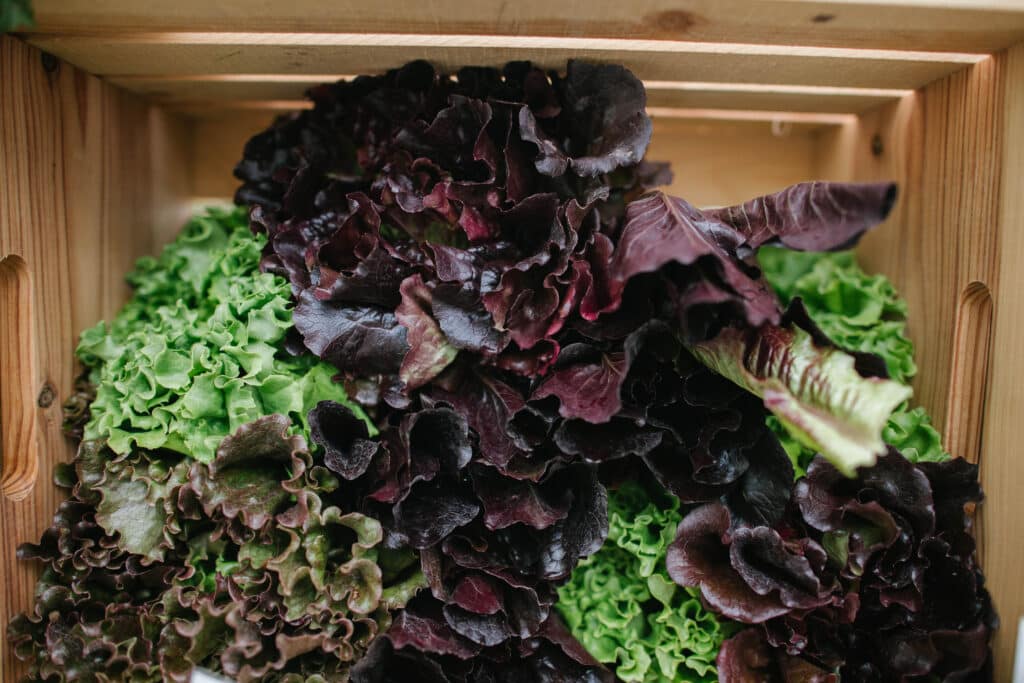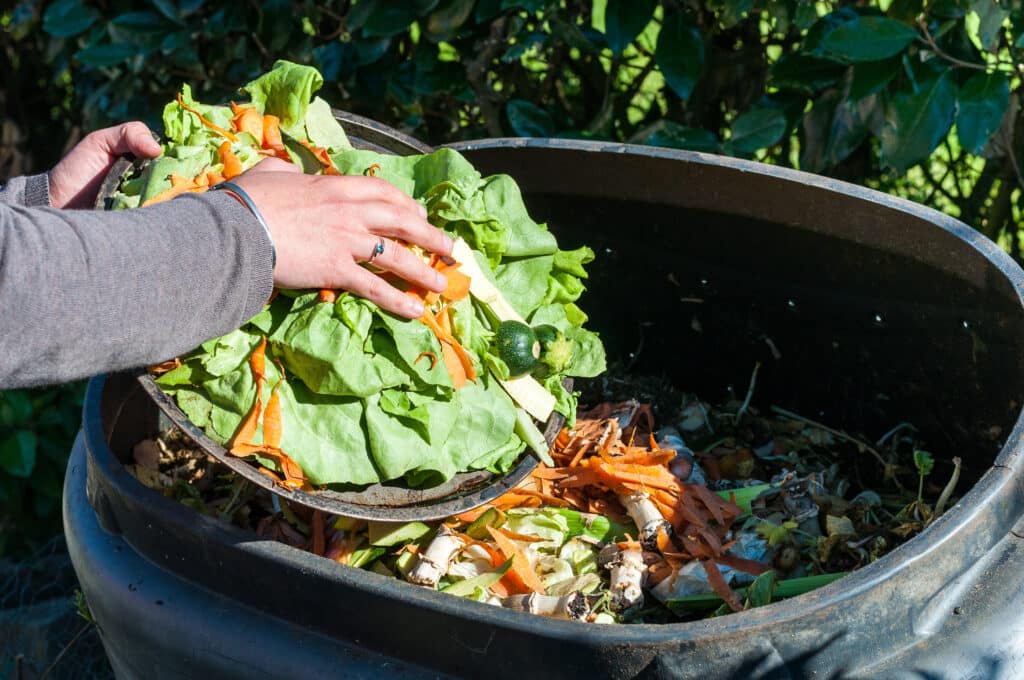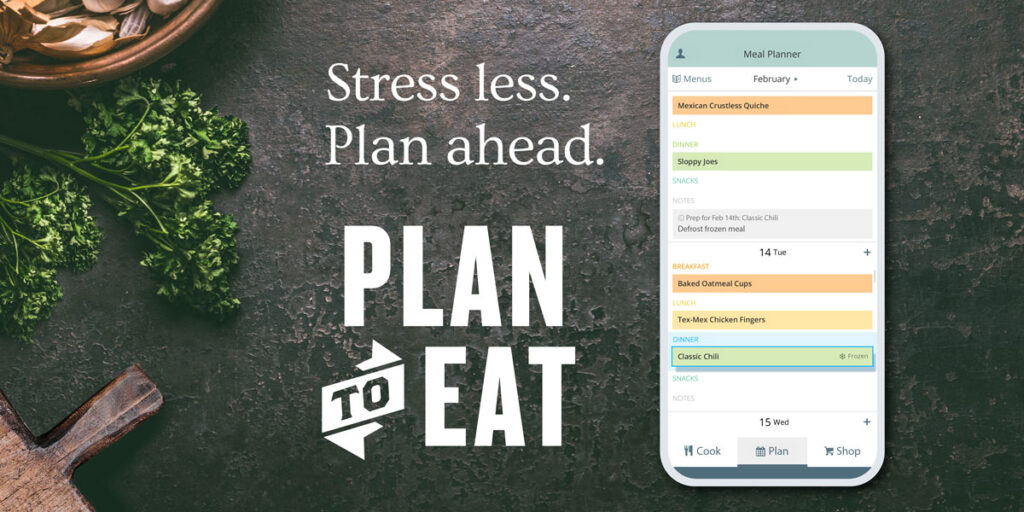You probably prefer things in life to be easier, less expensive, and less time consuming. Maybe you like to work smarter, not harder as well. I’m with you, and as much as I love gardening and everything involved, I know that I can’t improve and expand without becoming more efficient over time.
You can find an infinite amount of advice on the internet for particular tricks and “hacks” for various crops and situations, but I would like to provide some solid guidance that should help your situation across a wide variety of climates, plants, and garden sizes. These ideas will not just be tips; I will be writing about fundamental principles that are bound to make your gardening life easier by addressing the way plants are meant to exist within an organic ecosystem.
Let’s talk big ticket items, and let’s address them in a specific order that ecompasses a good way to prioritize your thought process on plant growth to begin with. We’re shooting for some versatile, win-win advice here!

1. Light
I’m an advocate of making a conscious effort to observe how much light your plants are getting throughout the day. This is because light drives growth. Period. The amount of light your plants are getting determines how much they will be driven to produce more biomass, which then determines how much water they will need. The amount of water they need will then largely determine how much fertilization (I like to call it “nutrition”) they will ultimately require as well.
When you’re estimating “amount of light”, there’s no need to exhaust yourself with anything too scientific. What you should take note of is 1) hours of direct sunlight and 2) what time of day that light is occurring.
Hours of direct sunlight should be fairly obvious. It’s typically listed on seed packets and plant tags when you buy them at a nursery. Trees, houses, and fences are the typical obstacles that tend to limit your garden’s light at various times of day. Most food crops prefer “full sun,” which just means at least six hours per day, however, that’s a guideline more than a rule. If your plants are receiving more than that, expect that you’ll need to water and fertilize a bit more often. Likewise, if they are getting less than six hours, you’ll want to be somewhat careful not to overwater or over-fertilize, which can lead to soil issues like reduced oxygen or root rot.
Most of the time, the more light the better (and more potential produce), but that doesn’t mean you can’t grow even the most light-loving plants in an area that’s receiving less than six hours of light per day. When you’re thinking about the placement of various plant species, I would recommend (in general) to prioritize morning and midday sun, if possible, unless you live somewhere with pretty cool summers.
To keep it simple, just try to put plants that love sun the most in the sunniest parts of your garden, e.g. plants with larger fruits like tomatoes, peppers, corn, cucumbers, and squash. Larger fruit takes more energy to make, and that energy comes directly from sunlight. On the other hand, you can get away with less light (hours of full sun) for food crops such as lettuce, kale, broccoli, and herbs. Not that these plants can’t benefit from more sun, but they are also known to thrive with a little less, especially the ones that bolt early (go to seed) under excessive heat like lettuce.
2. Water
Watering requirements don’t have to be complicated. They can certainly become quite scientific in precision agriculture, but that’s not necessary for the home gardener. I always advocate for only using what you need, but on a small scale, you’ll end up being water-efficient simply by paying attention to plant health. Remember that more light means you’ll need more water and vice versa. Here are a few more easy ways to think about watering overall.
The bigger the plant, the more water it will need. Easy, right? But here’s the part many folks tend to overlook – plant size should be determined by leaf surface area, not width or height, not even weight. A leaf with twice the surface of another will transpirate roughly twice as much water. This is because leaves are speckled with microscopic holes called stomata, which exist mostly on the bottom of the leaf and are meant to release water and let in carbon dioxide. The larger the leaf surface, the more holes likely to be present. Different plant species have different densities of stomata, but by and large food crops are all pretty similar. So a plant might be really tall, but if it’s not very bushy, that means it probably doesn’t need as much water as you might be inclined to think. Likewise, a squat but bushy plant can require a lot more water than you might think.
Plants like to operate on a schedule; they’re a lot like pets (and dare I say people) that way. I like to water my houseplants once per week, and as soil moisture dictates, I’ll adjust the volume of water rather than the frequency. This makes it much easier to coordinate for you, the gardener. Food crops outside grow faster and larger than inside (more light, remember?), and if you have hot sunny days, I recommend getting into the habit of watering every day. Increase or decrease the amount of water you’re irrigating with by sticking a finger in the soil. If you don’t feel any moisture, increase the volume. If the soil feels soggy or you can see that the surface actually appears to be moist, lighten up. It’s okay to skip a day or more to let the soil dry out if it gets too wet – rain delays should be fairly obvious.
Lastly, I have to mention that automatic irrigation can be a lifesaver when it comes to spending less time and energy in the garden. Hand watering every day is great for keeping a close eye on progress and potential issues, but it’s quite a commitment. Installation of a drip system or even just a sprinkler on a timer can truly make your life easier. It’s a small investment that returns the favor almost immediately. Don’t let drip irrigation intimidate you. Get some basic knowledge from numerous websites or at a local shop, and just think about it like Legos – pieces fit together based on size, and otherwise it’s mostly up to your imagination!

3. Nutrition
When light is intense and your plants are drinking lots of water, you’re also going to need more nutrients. See the connection? Like irrigation, nutrition can get complicated, but it doesn’t have to. If there were ever a situation where a magic bullet was a real thing, this is it.
I’ve got one word for you, compost. Don’t get swept up in the plethora of boxes and bottles that make fancy claims about huge harvests. Compost is made from wholesome ingredients like whole plants and animal byproducts. It also has a near unfathomable number of beneficial biology – bacteria, fungus, nematodes, arthropods, etc. These are the creatures that make life for higher organisms like plants and animals possible, and as far as soil health is concerned, the more the merrier.
Compost is also the cheapest kind of fertilizer you can buy. In fact, you can just make it yourself. If you have a garden, there’s no good reason not to have a compost pile (or bin). You’ll inevitably end up with yard and garden debris that turns into absolute gold with just a little time, air, and moisture. The compost you make yourself tends to be more diverse and therefore higher quality than store-bought brands, which is great for ecological health.
Get started today; just start putting your organic wastes in a pile somewhere. People get really fancy with compost piles sometimes, but you can worry about the extra bells and whistles after you just go ahead and get it going. Just avoid adding most proteins and fats, otherwise it’s hard to go very wrong.
Quite honestly, go ahead and apply as much as you can at the beginning, middle, and/or end of the season. It’s pretty hard to get too much. Just don’t plant any new plants into a mixture that’s more than 30% compost if you want to play it safe. Top dress 1-4 times throughout the season depending on how fast and large your plants are growing. If everything is pretty dark green, hold off for a bit. If you start to see some chlorosis (yellowing) of the leaves, go ahead and add a few handfuls around the base of each plant. Simple as that!
Oh, and here’s one last thrifty tip. Landscape supply centers will usually let you fill up tubs or truckloads of compost for much cheaper than buying the bagged stuff, and you don’t waste plastic!
In conclusion, I hope these general principles of plant growth shed some light on some basic techniques that might not have been quite as apparent as they are to you now. If you think this has all sounded rather logical and obvious, then that’s perfect! That is exactly what we want. If not, just read this article as many times as necessary!
Keep some of these concepts in mind, and you’ll find a sudden abundance of extra time to think about how much bigger your garden is going to be next year! Thanks for tuning in.
Happy growing, and happy eating!
This guest post is authored by Cody Hitchcock. Cody is a horticulturist by profession as well as an urban agriculture enthusiast invested in outreach and education to improve human and environmental health.
If you would like to connect with Cody, contact [email protected] for outreach and partnership opportunities.






